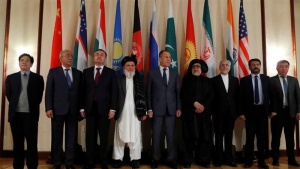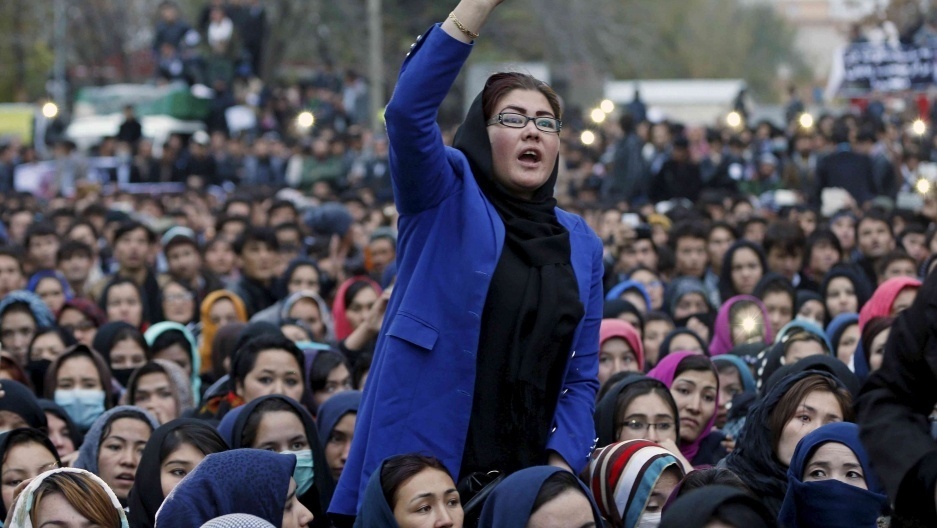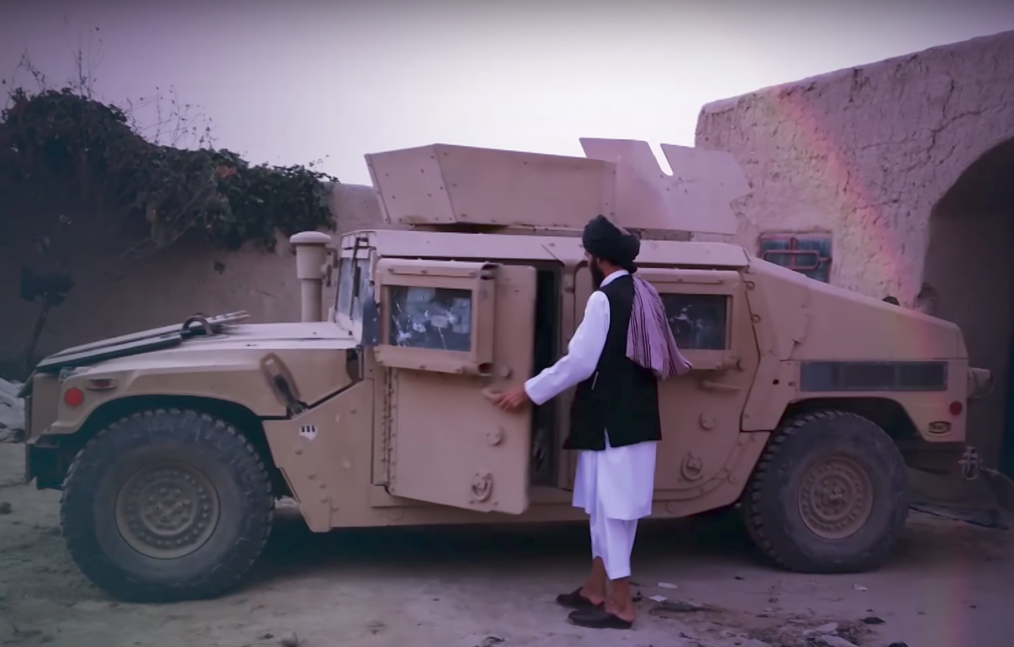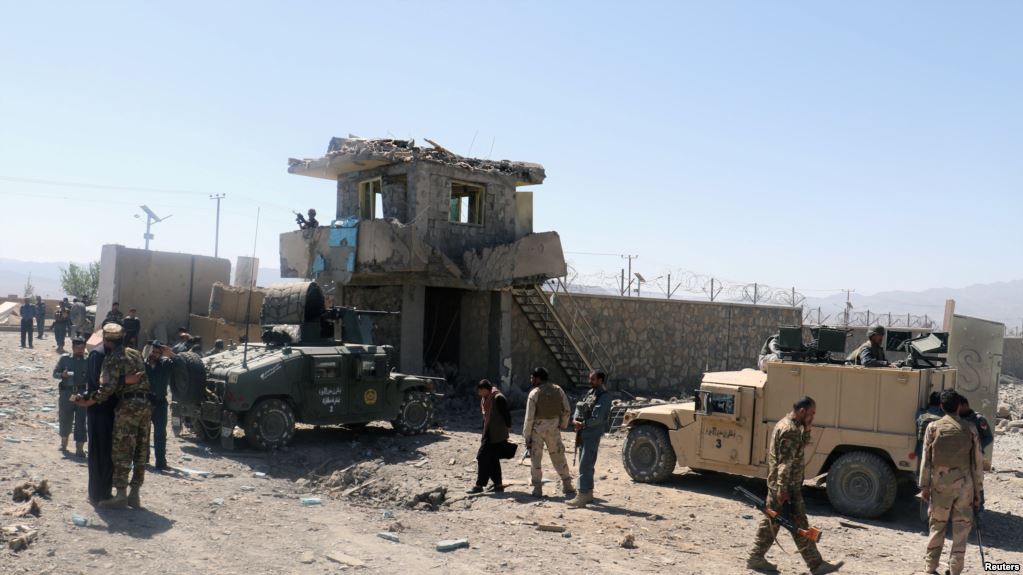On November 28, President Donald Trump paid a special Thanksgiving visit to American troops stationed in Afghanistan. It marked his first trip to the country amidst a period of recent developments, including a prisoner swap with the Taliban.
Could Trump’s surprise appearance signal positive developments in the Afghan peace process and progress towards a future resolution, despite stalled talks and sense of hopelessness?
A recent poll conducted by Rise to Peace revealed that respondents did not consider the prisoner swap as an important factor in any further peace negotiations. This result likely stems from the abrupt end of productive peace talks in early September. However, as Thursday’s visit demonstrated, an opportunity for a negotiated peace settlement remains.
“We will see if the Taliban wants to make a deal. If they do, they do. If they don’t they don’t. We were getting close” Trump stated.
Trump’s visit follows unofficial talks in Doha where Sayed Akbar Agha, a former Taliban commander, told TOLOnews that discussions began, but “official negotiations were not underway like they were in the past.” Despite the secrecy of the talks and lack of formality in the revival of the process, Trump’s optimism suggests that negotiations will continue.
“The Taliban wants to make a deal,” he told troops stationed at Bagram Airbase.
Whilst in Afghanistan, Trump said he hopes to reduce the number of troops to 8,600 from the current 14,000. This will undoubtedly have a negative impact on the morale of Afghan security forces who rely on US support in the region.
Trump also met with President Ghani and confirmed the potential revival of peace negotiations. However, it was unclear whether the Afghan government would be involved in the resumption of peace talks.
As long as the Taliban and the Afghan government are unable to hold bilateral talks, the US will remain a key player in the peace negotiations. This complicates the process. Firstly, the intervention of foreign actors means that negotiations will no longer be intra-Afghan, but rather focus on ending the war.
It is unsurprising that Trump wants to make good on his promise to bring his troops home, but what does this mean for the Afghan government that struggles to counter the Taliban militarily even with US support?
In conclusion, as long as the peace talks remain informal or ‘secret’, Afghans will continue to be skeptical of the negotiations. Whilst the US will no doubt be looking to bring its troops home, Afghanistan is facing a period of great uncertainty, especially with the fragility surrounding the September 2019 elections.
Support for Afghan security forces will remain integral to the maintenance of peace in the region, even after talks are complete. Thus, if the Taliban remain unwilling to accept anything apart from a total withdrawal of American troops, the potential for successful peace negotiations slips away.









